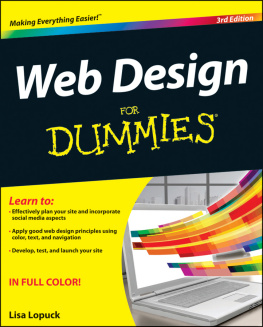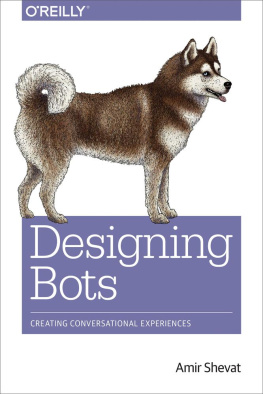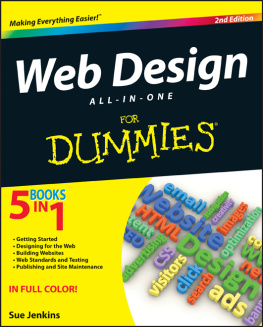Cover

A Practical Guide to Designing the Invisible
by Robert Mills
Published in 2011 by Five Simple Steps
Studio Two, The Coach House
Stanwell Road
Penarth
CF64 3EU
United Kingdom
On the web: fivesimplesteps.com
and: designingtheinvisible.com
Please send errors to
Publisher: Five Simple Steps
Development Editor: Simon Mackie
Copy Editor: Bill Harper
Production Editor: Emma Boulton
Production Manager: Sarah Morris
Design & Art Direction: Nick Boulton, Mark Boulton
Typesetting: Nick Boulton, Colin Kersley
Copyright 2011 Robert Mills
All rights reserved. No part of this publication may be reproduced or transmitted in any form or by any means, electronic or mechanical, including photocopy, recording or any information storage and retrieval system, without prior permission in writing from the publisher.
ISBN: 978-0-9561740-3-1
A catalogue record of this book is available from the British Library.
Foreword
Mark Boulton
As a designer, you will be asked why? A lot.
Your colleagues will ask you. Your manager, your clients and your peers will too. The answers you give can win or lose work, determine the direction of a design or help win you awards.
Early in my career, I was told several times: Tell me, dont show me. As a commercial designer, explaining your work is a critical part of what you do.
When designing for the web, were often wrapped up in mechanics. The nuts and bolts of the design process. Browser capabilities, the content, the imagery, the HTML, CSS or Javascript the stuff of our designs. Each of us has a toolbox of design-related tips and tricks that we call upon when similar problems arise. What is often missing from that toolbox however, are the reasons why. The rationale. Why use black for this project? Why not? Why does that sidebar look like wood-grain? Why does this icon look like a fish? Important questions, that demand an answer. And thats what this book will give you: some answers.
So much of what we do is invisible. In fact, someone once said that design is like air: you only notice when its bad. The subconscious cues, messages and stories are what makes our designs effective; not how pretty they look. To create really great design, you have to understand why; not just for your benefit, but for the person youre explaining it to.
If youre an experienced designer looking for a challenging read on semiotics, then this isnt the book for you. However, if youre dabbling in web design, or just starting out, then Rob Mills has crafted a super-practical guidebook that will give you a few more of those tools to put in that tool box.
A few tools ready for when you need to explain why that icon looks like a fish.
Acknowledgements
This book was far from a solo project, many others offered their time, knowledge and support and these acknowledements go a small way to express my gratitude.
Five Simple Steps
Im always proud to tell people that I was once part of the FSS team, having been production editor on the very first title. Im also proud to know join the ranks of their authors. Huge thanks to the whole team:
Mark and Emma: I still think youve both taken a risk by going ahead with this book and Im so grateful for that risk and for all of the opportunities and support that you have given me, both through Five Simple Steps and through my time at Mark Boulton Design. To say you kick-started my career is an understatement. I sincerely hope that Designing the Invisible is a book that you guys are also proud of and glad to have on the FSS shelf.
Sarah: thanks for the updates, organisation and encouraging words throughout the final stages.
Nick and Colin: Thanks for all the hours spent crafting the final book, it was such an incentive to know the book would be in safe hands when handed over and that when it came back it would look incredible!
Nathan, Dan and Alex: Thanks for all of your hard work in creating the ePub version, the website and for proofing and sense checking the book respectively.
Contributors
Mike Kus: Thanks so much for allowing me to use Carsonified as a case study. Not only was it a privilege to have someone of you calibre willing to share your work so openly but it was a true inspiration to learn about your process.
Matthew Smith: I love the SquaredEye website so was thrilled when you were happy for me to include it in the book and also answer my questions about the site, the story, the process and the decisions behind the final design.
Carolyn Wood: You may say your involvement was small but you still took time to check a chapter and provide some info, both of which made it a better read. I was delighted to be able to have you involved.
David McCandless: Thank you for allowing me to include your infographic for colours in cultures. A picture paints a thousand words and this graphic is the best visual representation Ive seen for this subject matter.
Camdon Wilde: Thank you for permission to include the Periodic Table of Typefaces. Its a great resource and one that really complimented the text of my book. Really grateful that you allowed me to share this with my readers.
To anyone else who had a chat with me about the book, shared a link, tweeted words of support and of course bought the book. It means a lot. More than you realise probably.
Editors
Simon Mackie: There is no doubt in my mind that this book is 100 times better thanks to your input. Theres no denying that it was a long road but your comments, feedback and suggestions kept me on track, helped me develop a concise writing style and above all else, made me think about every word that committed to paper. I hope I get to meet you in person one day to buy you a beer!
Bill Harper: Ive said it before Bill but I want it written here for all to know, you are truly excellent at what you do. You made me sound like a better version of me! You never put words in my mouth and you always understood exactly what I was trying to say. I cannot imagine releasing this book to the masses without your input. You too are owed many beers!
Family and Friends
Mum, Dad, Rich & Lou: Thanks for letting me talk about the book for about three years and spend many weekends and evenings hidden away working on it. I hope youre proud of the final product.
To all my other friends and family. Thanks for being you, for letting me be me and for buying this book (you had better buy it!!)
Bluegg: I never knew work could be so much fun. Ive loved being part of the team in the final months of this book and appreciate the support youve shown by letting me have time off for it and for being behind it 100%. Once youve tried the Bluegg way there is no other way!
Introduction
Im fascinated by how much we are influenced by the media and indeed how much they make us think we are in control of our own decisions. Are we really in control though? Im not so sure because despite being a media savvy species, there are subliminal forces at work affecting our moods, buying habits and emotions.
The layout of a supermarket can cause us to leave with bags of goodies we didnt need. The colour of a hospital wall can stop us from feeling agitated in a stressful environment. A simple icon or sign can quickly tell us if we can proceed or not. The structure of a sentence and words used can convey a mood or tone to us. A logo can reinforce the values of the company it represents.

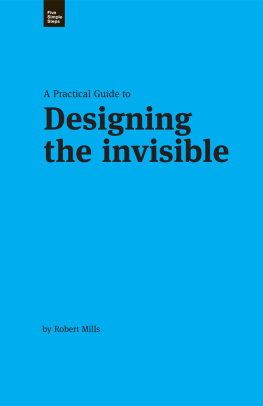


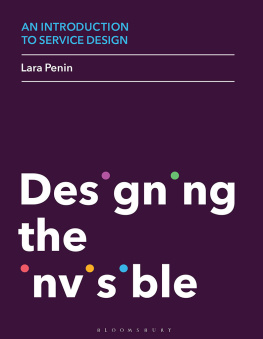
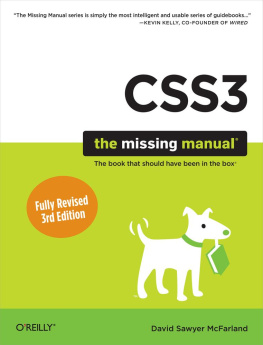


![Keith Burgun [Keith Burgun] - Clockwork Game Design](/uploads/posts/book/119426/thumbs/keith-burgun-keith-burgun-clockwork-game-design.jpg)
